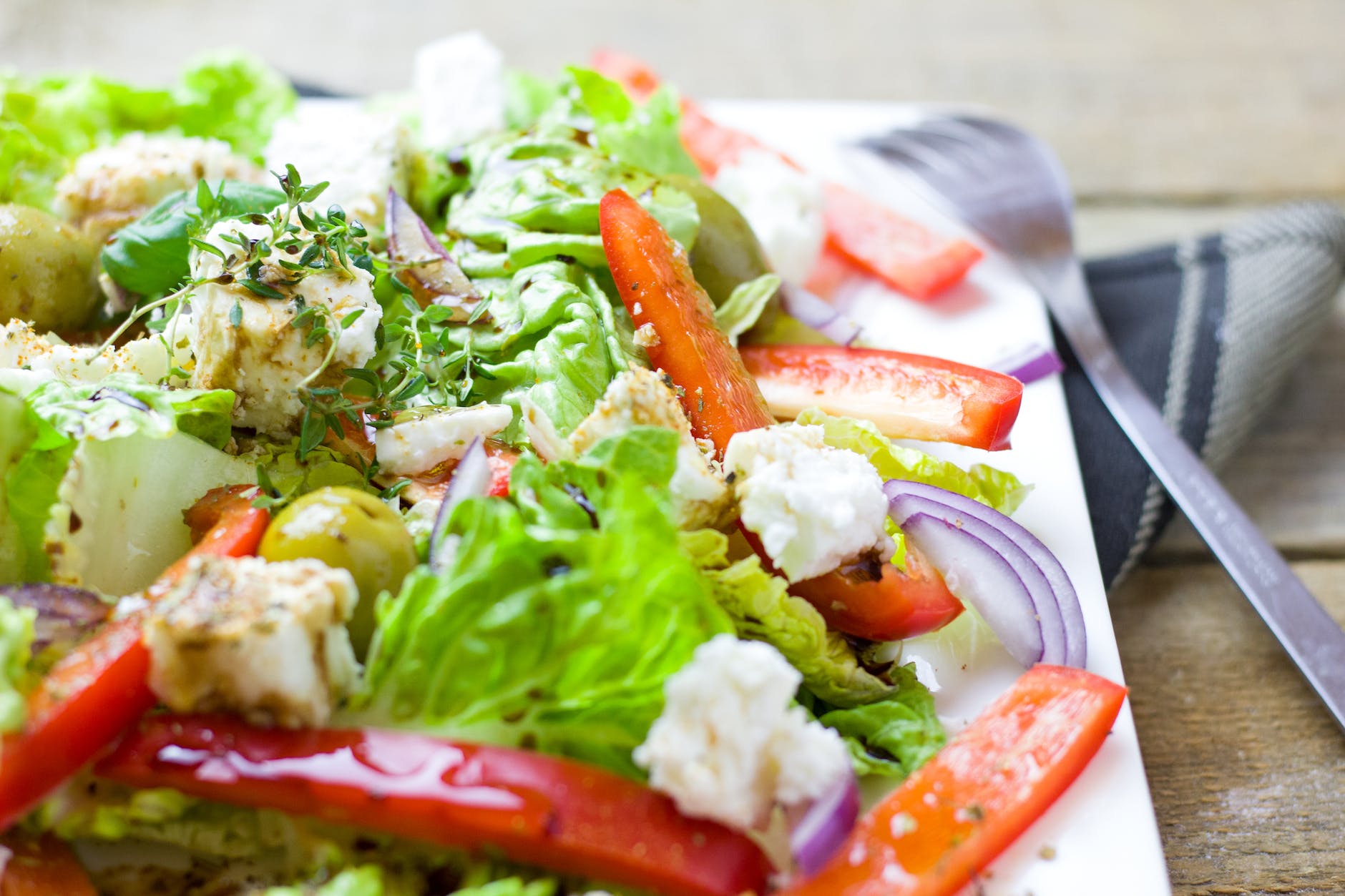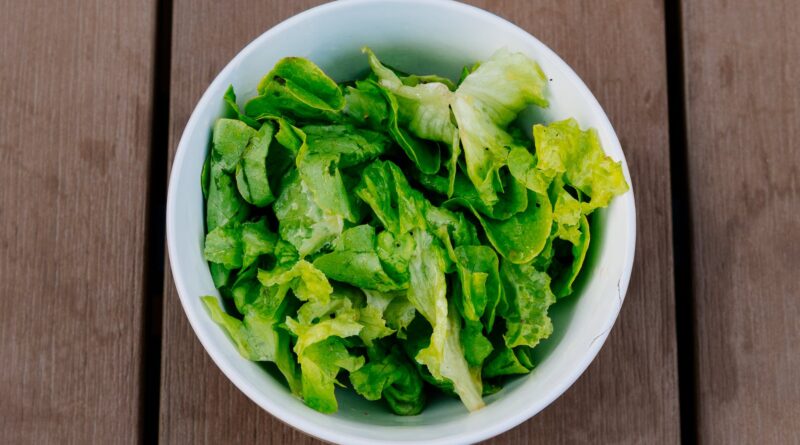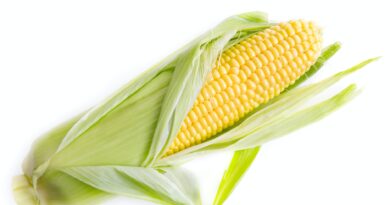A Guide to Growing Lettuce on Your Allotment
Growing lettuce in your allotment is a great way to enjoy fresh, healthy greens throughout the growing season. Lettuce is easy to grow and can be used in a variety of meals, making it a versatile and valuable addition to your garden. In this guide, we’ll cover everything you need to know to successfully grow lettuce in your allotment, including health benefits and meal ideas.
Growing Lettuce in Your Allotment:
- Soil Preparation: Lettuce grows best in well-draining soil that is rich in organic matter. To prepare your soil, add compost or aged manure to your plot and mix it in well.
- Planting: Lettuce seeds can be planted directly into the soil in early spring, once the danger of frost has passed. You can also start seeds indoors in seed trays 4-6 weeks before the last frost date and transplant them into your allotment once they have 3-4 true leaves. Sow the seeds 1/4 inch deep, spacing them 6-8 inches apart.
- Watering: Lettuce needs consistent moisture to grow well. Water your plants regularly, keeping the soil evenly moist but not waterlogged.
- Fertilizing: Lettuce benefits from regular fertilization. You can use a balanced fertilizer every 4-6 weeks to promote healthy growth.
- Harvesting: Lettuce leaves can be harvested as soon as they reach a usable size, usually about 3-4 weeks after planting. You can either pick the outer leaves or harvest the entire head by cutting it at the base. Continual harvesting will encourage new growth.
Health Benefits of Lettuce:
Lettuce is a low-calorie, nutrient-dense food that offers a variety of health benefits. It is an excellent source of vitamins A and K, as well as folate and iron. It also contains antioxidants and fiber, which can help promote digestive health and reduce the risk of chronic disease.

Meal Ideas:
Lettuce can be used in a variety of meals, from salads to sandwiches to wraps. Here are some meal ideas to get you started:
- Caesar Salad: Toss chopped lettuce with homemade Caesar dressing, croutons, and Parmesan cheese for a classic salad.
- Lettuce Wraps: Use lettuce leaves as a substitute for tortillas or bread and fill with your favorite protein and veggies, such as grilled chicken and bell peppers.
- BLT Salad: Chop lettuce and top with crumbled bacon, cherry tomatoes, and avocado for a fresh take on a classic sandwich.
- Grilled Romaine: Cut romaine hearts in half lengthwise and grill until lightly charred. Drizzle with balsamic vinegar and sprinkle with Parmesan cheese.
- Tuna Salad: Mix canned tuna with mayonnaise, chopped celery, and chopped lettuce for a quick and easy lunch.
Growing lettuce in your allotment is easy and rewarding. With proper soil preparation, watering, and fertilization, you can enjoy fresh, healthy greens all season long. Lettuce is a low-calorie, nutrient-dense food that offers a variety of health benefits, making it a valuable addition to your diet. Try using lettuce in a variety of meals, from salads to wraps to grilled dishes, for a delicious and healthy meal.




